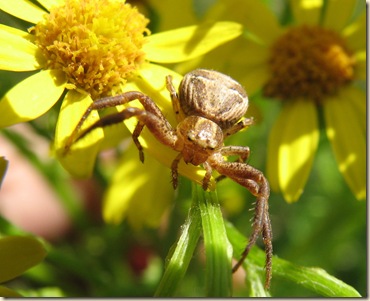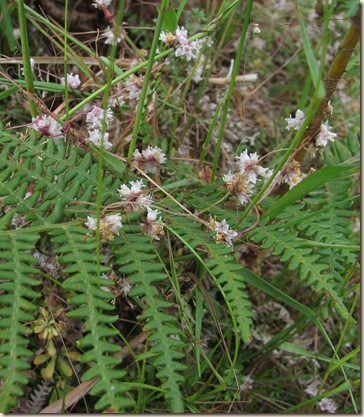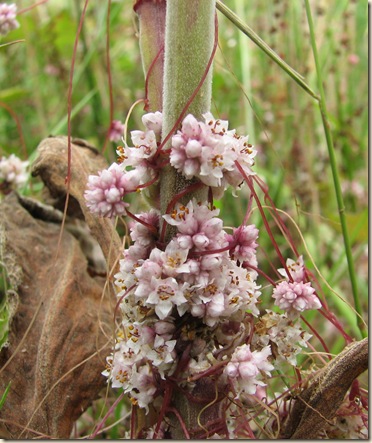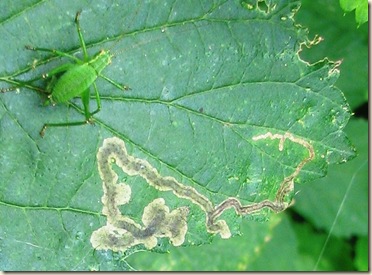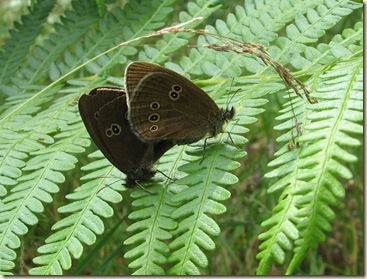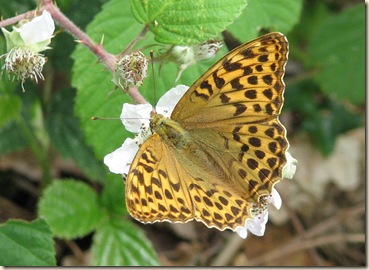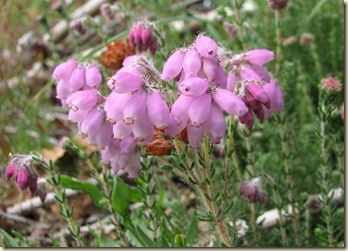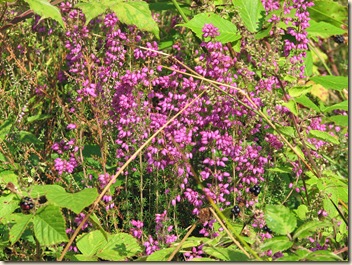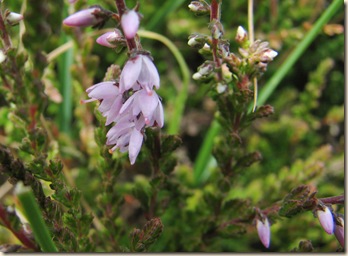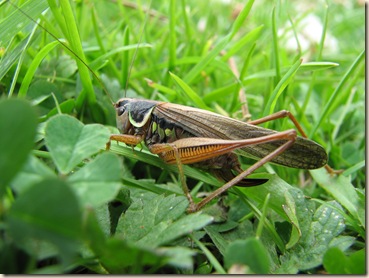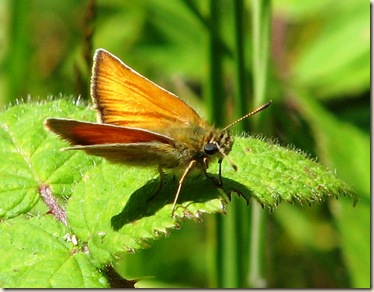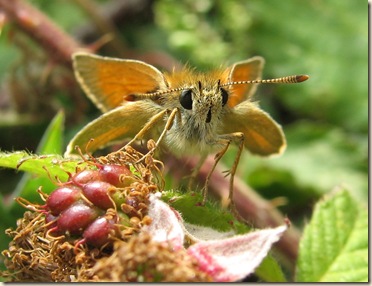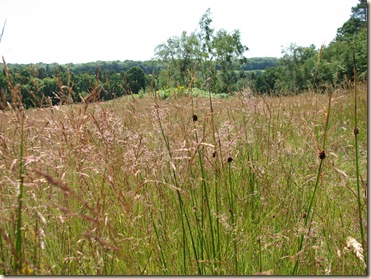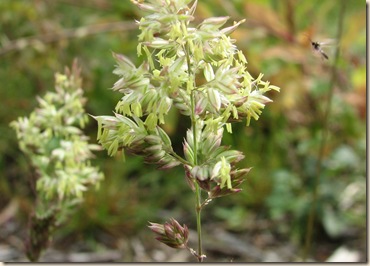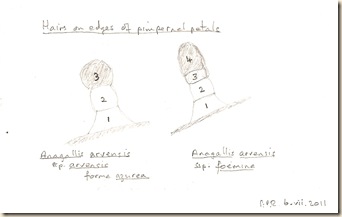The growing number of insects in the newly cleared area around the former Austford Farm is providing plenty of food for spiders and other insectivorous creatures.
Xysticus cristatus (below) is one of the crab spiders that conceals itself in flower heads waiting for an insect to alight before grabbing it.
It is rather like going to the pub and having a giant cannibal spring up from behind the bar and start sucking your blood just as you settle down for your pint.
The unprepossessing blob of mud on a rush stem below is a completed egg case of one of the fairy-lamp-spiders, Agroeca proxima or A. brunnea.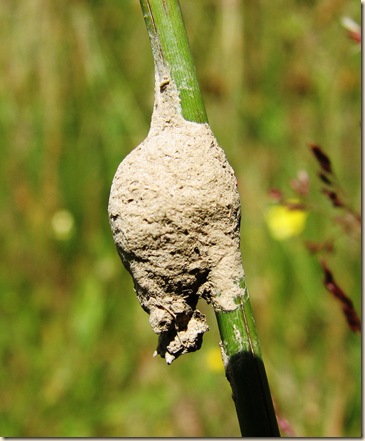
I wrote about this in the Easter eggs entry for 12 April 2009 and posted a photo that shows the spider's egg case before she covers it with mud. This outer coating is, of course, a good camouflage, or rather deception, as it looks just like a blob of mud thrown up by a passing cart or galloping animal.
The casing is resistant to rain as the mud is strengthened by the spider's silk like fibre reinforced concrete or the addition of straw to mud bricks in medieval times.
Naturalist Edward Connold wrote in his Gleanings from the Fields of Nature (1909) that he first noticed these mud-plastered cocoons in 1893 when he found them in large numbers "in an open wood near Hastings." I wonder if this was Brede High Wood.
He also wondered about the considerable effort it must take the spider to first weave the egg cocoon and then transport wet mud up a rush or grass stalk. Other spiders do not go to such great lengths to protect their egg cocoons, yet Agroeca's efforts do not seem to result in a significantly larger number of members of the two species. Maybe there was a situation in the dim and distant past when a mud-covered egg case did give it some slight advantage over their competitors and the ability to create these in their present form was naturally selected.
